Home>Gardening & Outdoor>Plant Care & Gardening Tips>What Is The State Wildflower Of Michigan?
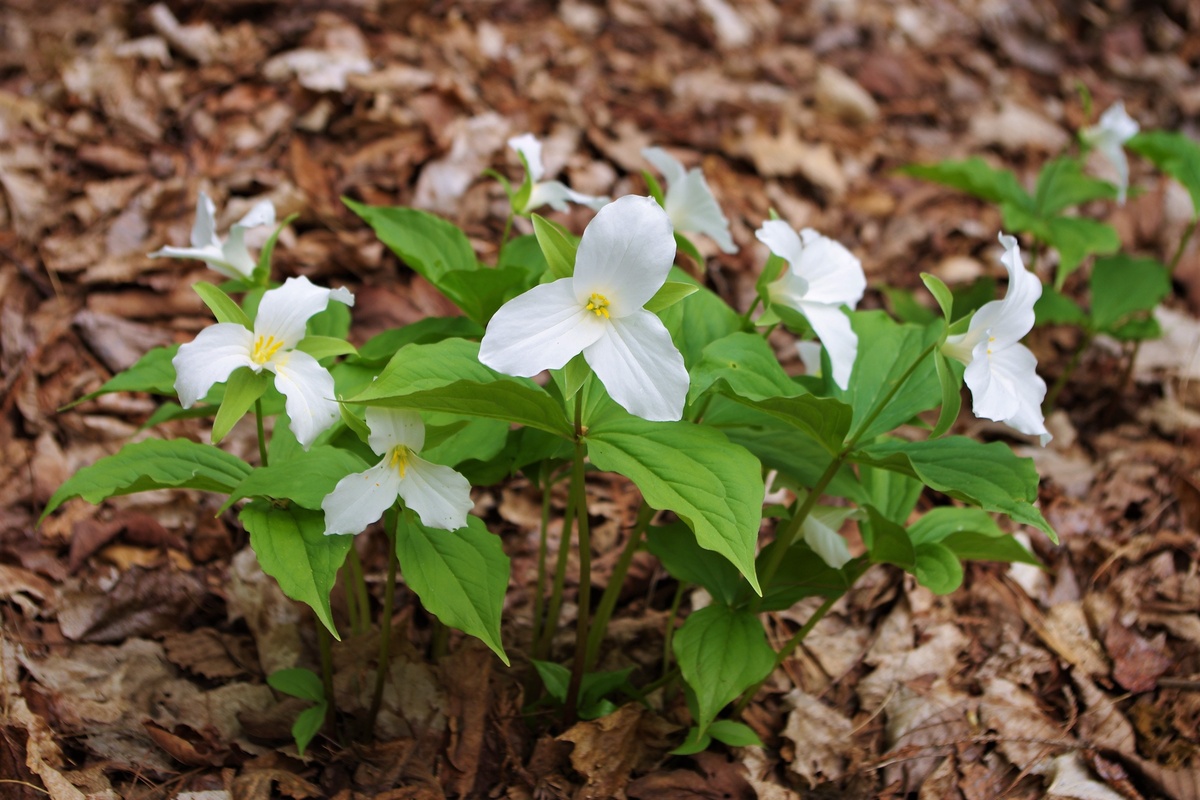

Plant Care & Gardening Tips
What Is The State Wildflower Of Michigan?
Modified: January 4, 2024
Learn about the state wildflower of Michigan and get expert plant care and gardening tips. Discover how to cultivate and maintain this beautiful native flower.
(Many of the links in this article redirect to a specific reviewed product. Your purchase of these products through affiliate links helps to generate commission for Storables.com, at no extra cost. Learn more)
**
Introduction
**
Welcome to the enchanting world of Michigan's state wildflower, the captivating Dwarf Lake Iris. Nestled in the heart of the Great Lakes region, Michigan boasts a rich tapestry of flora and fauna, with the Dwarf Lake Iris standing as a symbol of the state's natural beauty and resilience. This diminutive yet remarkable flower holds a special place in the hearts of Michiganders, embodying the spirit of conservation and the delicate balance between human development and the preservation of indigenous plant species.
The story of the Dwarf Lake Iris is one of both fragility and fortitude. As we delve into its history, characteristics, and significance, we will uncover the profound impact this petite blossom has had on Michigan's ecological landscape and the tireless efforts dedicated to its preservation. Join us on a journey through the verdant woodlands and pristine shores of Michigan as we unravel the captivating tale of the state's cherished wildflower, the Dwarf Lake Iris.
Key Takeaways:
- Michigan’s state wildflower, the Dwarf Lake Iris, symbolizes resilience and conservation, captivating hearts with its diminutive yet vibrant blooms.
- The Dwarf Lake Iris plays a vital role in Michigan’s ecosystems, cultural identity, and conservation efforts, inspiring stewardship and awe.
Read more: What Is The State Wildflower
The History of the State Wildflower of Michigan
The history of the Dwarf Lake Iris is intertwined with the rich tapestry of Michigan's natural heritage. This delicate wildflower, scientifically known as Iris lacustris, holds a significant place in the state's botanical narrative. Endemic to the Great Lakes region, the Dwarf Lake Iris was officially designated as Michigan's state wildflower in 1998, a testament to its cultural and ecological importance.
The journey of the Dwarf Lake Iris spans centuries, with its existence dating back to the post-glacial era. Flourishing along the shores of the Great Lakes, this resilient flower has adapted to the unique microclimates and limestone-rich habitats of the region. Its name – “Dwarf” – pays homage to its diminutive stature, with each blossom measuring only 2 to 3 inches in height, making it one of the smallest irises in the world.
Throughout history, the Dwarf Lake Iris has thrived in the face of environmental challenges, symbolizing the tenacity and endurance of Michigan's native flora. However, the encroachment of human activity and habitat degradation posed significant threats to the survival of this rare species. Recognizing the need to protect and celebrate this botanical treasure, Michigan took a momentous step by bestowing the title of state wildflower upon the Dwarf Lake Iris, a gesture that underscored the state's commitment to preserving its natural heritage.
The designation of the Dwarf Lake Iris as the state wildflower served as a catalyst for heightened awareness and conservation efforts. It ignited a sense of pride and stewardship among Michiganders, inspiring a collective dedication to safeguarding the irreplaceable ecological diversity of the region. The rich history of the Dwarf Lake Iris stands as a testament to the enduring bond between Michigan and its natural landscapes, nurturing a legacy of environmental consciousness and reverence for the state's indigenous plant species.
Characteristics of the Dwarf Lake Iris
The Dwarf Lake Iris, with its petite yet resplendent blooms, embodies a myriad of distinctive characteristics that set it apart as a botanical treasure of Michigan. This diminutive wildflower, revered for its ethereal beauty and ecological significance, captivates all who encounter it. Let’s delve into the enchanting traits that define the Dwarf Lake Iris and contribute to its allure.
- Botanical Marvel: The Dwarf Lake Iris, scientifically known as Iris lacustris, belongs to the family Iridaceae. Its intricate, violet-hued blooms, adorned with delicate veining and a golden splash at the base of each petal, evoke a sense of wonder and admiration. Despite its small stature, the flower’s visual impact is nothing short of breathtaking.
- Endemic Habitat: This enchanting wildflower is endemic to the Great Lakes region, specifically thriving along the shores of Lakes Michigan, Huron, and Superior. Its preferred habitats include nutrient-poor, limestone-derived soils, and open woodlands, where it gracefully adorns the landscape with its vibrant presence.
- Diminutive Stature: True to its name, the Dwarf Lake Iris stands as one of the smallest irises in the world, reaching a height of merely 2 to 3 inches. Despite its modest size, each blossom exudes an aura of elegance and resilience, symbolizing the delicate balance between strength and fragility.
- Blooming Splendor: The flowering season of the Dwarf Lake Iris unfolds in late spring to early summer, painting the coastal landscapes with a profusion of violet hues. The ethereal beauty of these blooms serves as a testament to the intricate wonders of nature and the irreplaceable value of indigenous flora.
- Ecological Significance: Beyond its aesthetic appeal, the Dwarf Lake Iris plays a pivotal role in the ecosystem, providing nectar for pollinators and contributing to the intricate web of biodiversity along the Great Lakes shoreline. Its presence serves as a vital link in the delicate balance of the region’s natural heritage.
The remarkable characteristics of the Dwarf Lake Iris encapsulate the essence of Michigan’s natural splendor, underscoring the importance of preserving and celebrating this botanical gem for generations to come.
The state wildflower of Michigan is the Dwarf Lake Iris. It is a small, delicate flower that can be found in the northern parts of the state, particularly in the Upper Peninsula.
Importance of the Dwarf Lake Iris in Michigan
The Dwarf Lake Iris holds profound significance in the ecological, cultural, and conservation realms of Michigan, embodying a wealth of importance that resonates across the state’s diverse landscapes. As a cherished symbol of Michigan’s natural heritage, this diminutive wildflower plays a vital role in shaping the environmental narrative and fostering a deep sense of stewardship among residents and conservation enthusiasts alike.
Ecological Significance: Within the intricate tapestry of Michigan’s ecosystems, the Dwarf Lake Iris stands as a keystone species, contributing to the delicate balance of coastal habitats and limestone-derived soils. Its presence supports a diverse array of pollinators and wildlife, enriching the biodiversity of the region and perpetuating the intricate web of life along the shores of the Great Lakes.
Cultural Emblem: Beyond its ecological importance, the Dwarf Lake Iris holds a special place in Michigan’s cultural identity. As the state’s designated wildflower, it serves as a poignant symbol of the enduring connection between Michiganders and their natural surroundings. Its ethereal beauty and resilience have inspired artists, poets, and nature enthusiasts, weaving a narrative of reverence for the state’s indigenous flora.
Touristic Allure: The allure of the Dwarf Lake Iris extends beyond its ecological and cultural significance, drawing nature enthusiasts and botanists to the pristine coastal habitats where it thrives. Its presence adds a touch of enchantment to Michigan’s natural landscapes, inviting visitors to witness the delicate splendor of this rare wildflower and fostering an appreciation for the state’s rich botanical diversity.
Conservation Catalyst: The Dwarf Lake Iris serves as a catalyst for conservation efforts, igniting a sense of urgency and dedication to safeguarding Michigan’s native flora. Its status as a threatened species has spurred initiatives aimed at preserving its habitats, raising awareness about the importance of biodiversity conservation, and fostering partnerships between communities, conservation organizations, and governmental agencies.
The Dwarf Lake Iris holds a place of unparalleled importance in Michigan, weaving a narrative of ecological resilience, cultural reverence, and conservation dedication. Its presence serves as a poignant reminder of the intrinsic value of native flora and the profound impact of collective efforts to protect and celebrate Michigan’s botanical heritage.
Conservation Efforts for the Dwarf Lake Iris
The conservation of the Dwarf Lake Iris stands as a paramount endeavor, uniting a diverse array of stakeholders in a collective mission to preserve Michigan’s botanical heritage and safeguard the delicate ecosystems where this rare wildflower thrives. The imperiled status of the Dwarf Lake Iris has spurred an array of dedicated conservation efforts, underscoring the unwavering commitment to nurturing its habitats and ensuring the perpetuation of this botanical treasure for future generations.
Habitat Protection: Central to the conservation of the Dwarf Lake Iris is the protection of its unique habitats along the shores of the Great Lakes. Through collaborative initiatives involving governmental agencies, conservation organizations, and local communities, concerted efforts have been made to preserve and restore the limestone-derived soils and open woodlands that serve as vital refuges for this diminutive wildflower.
Research and Monitoring: Ongoing research and monitoring programs have been instrumental in deepening our understanding of the ecological needs and population dynamics of the Dwarf Lake Iris. Through scientific studies, botanical surveys, and population assessments, conservationists have gained valuable insights into the factors influencing the survival and proliferation of this rare species, guiding targeted conservation strategies.
Community Engagement: Engaging local communities and fostering a sense of stewardship for the Dwarf Lake Iris has been pivotal in advancing conservation efforts. Educational outreach programs, volunteer initiatives, and public awareness campaigns have empowered residents to become advocates for the protection of native flora, nurturing a collective ethos of environmental responsibility and reverence for Michigan’s botanical diversity.
Legislative Safeguards: Legislative measures have been implemented to afford legal protection to the habitats of the Dwarf Lake Iris, ensuring that these critical ecosystems are shielded from encroaching development and detrimental land use practices. By enacting policies that prioritize the preservation of indigenous flora, Michigan has demonstrated a steadfast commitment to upholding the intrinsic value of its natural landscapes.
Collaborative Partnerships: Collaboration lies at the heart of conservation efforts for the Dwarf Lake Iris, fostering partnerships between governmental entities, conservation organizations, academic institutions, and private stakeholders. Through these synergistic alliances, a holistic approach to conservation has been cultivated, amplifying the impact of initiatives aimed at safeguarding the irreplaceable ecological heritage of Michigan.
The conservation efforts dedicated to the Dwarf Lake Iris epitomize the enduring spirit of stewardship and the profound dedication to preserving Michigan’s botanical legacy. Through collective determination and unwavering advocacy, these endeavors stand as a testament to the intrinsic value of the state’s native flora and the boundless impact of unified conservation initiatives.
Read more: What Is The Florida State Wildflower
Conclusion
The captivating tale of Michigan’s state wildflower, the Dwarf Lake Iris, unfolds as a testament to the enduring bond between nature and the human spirit. From its humble origins along the pristine shores of the Great Lakes to its designation as a cherished emblem of Michigan’s natural heritage, the Dwarf Lake Iris embodies a narrative of resilience, reverence, and conservation dedication.
As we traverse the rich history, enchanting characteristics, and profound importance of the Dwarf Lake Iris, we are beckoned to embrace a deep-seated appreciation for Michigan’s botanical splendor. Its diminutive blooms, adorned with ethereal beauty, serve as a poignant reminder of the delicate balance that sustains our ecosystems and the irreplaceable value of indigenous flora.
The significance of the Dwarf Lake Iris extends far beyond its ecological role, resonating as a cultural icon and a catalyst for conservation action. Its presence evokes a sense of wonder and inspires a collective commitment to safeguarding Michigan’s natural landscapes, fostering a legacy of environmental stewardship for generations to come.
Amidst the verdant woodlands and limestone-rich habitats of Michigan, the Dwarf Lake Iris stands as a beacon of hope, kindling a spirit of unity and determination in the face of environmental challenges. Its story is a testament to the profound impact of collective efforts, underscoring the enduring legacy of conservation and the intrinsic value of Michigan’s botanical tapestry.
As we bid adieu to this captivating journey through the realms of ecological significance, cultural reverence, and conservation dedication, let us carry forward the timeless tale of the Dwarf Lake Iris. May its delicate blooms continue to grace the coastal landscapes of Michigan, weaving a narrative of resilience, reverence, and unwavering dedication to preserving the natural splendor of the Great Lakes state.
Frequently Asked Questions about What Is The State Wildflower Of Michigan?
Was this page helpful?
At Storables.com, we guarantee accurate and reliable information. Our content, validated by Expert Board Contributors, is crafted following stringent Editorial Policies. We're committed to providing you with well-researched, expert-backed insights for all your informational needs.
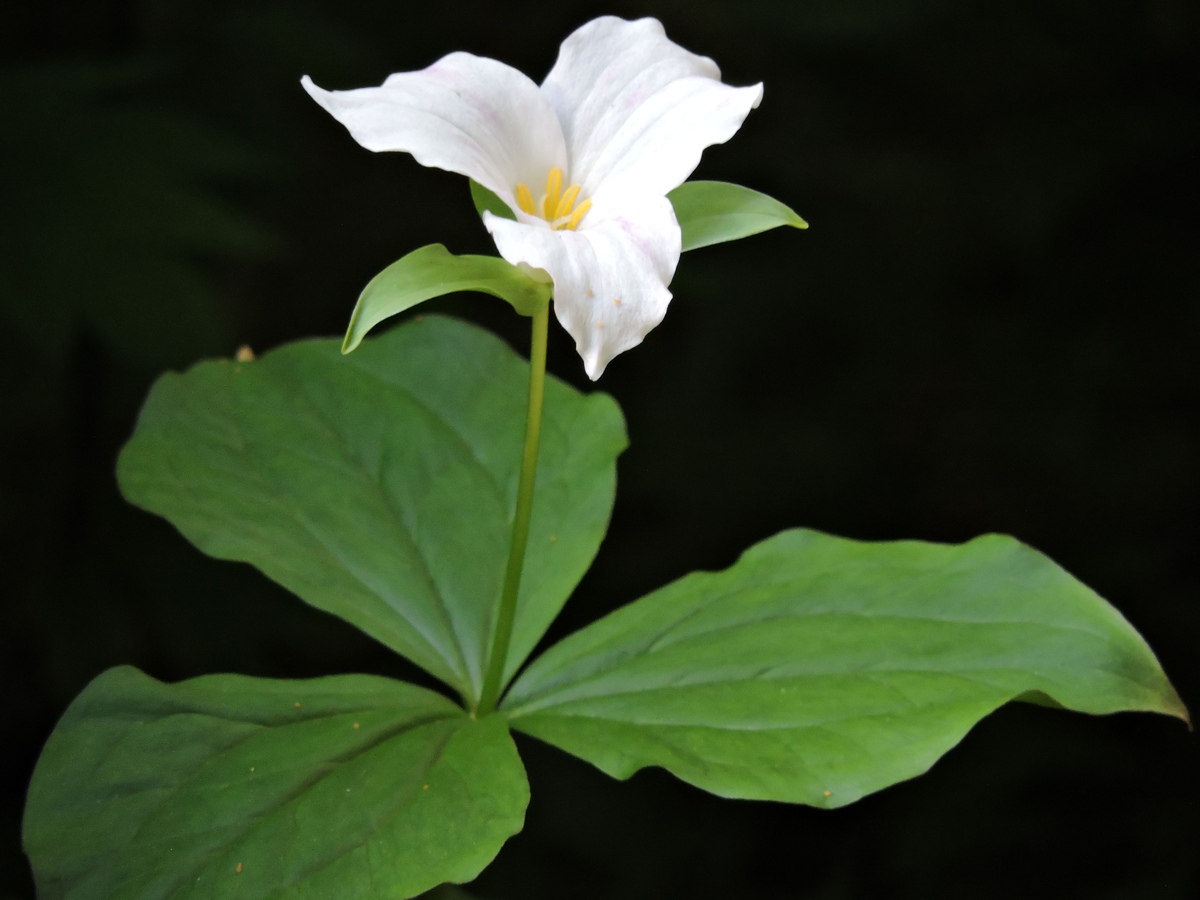

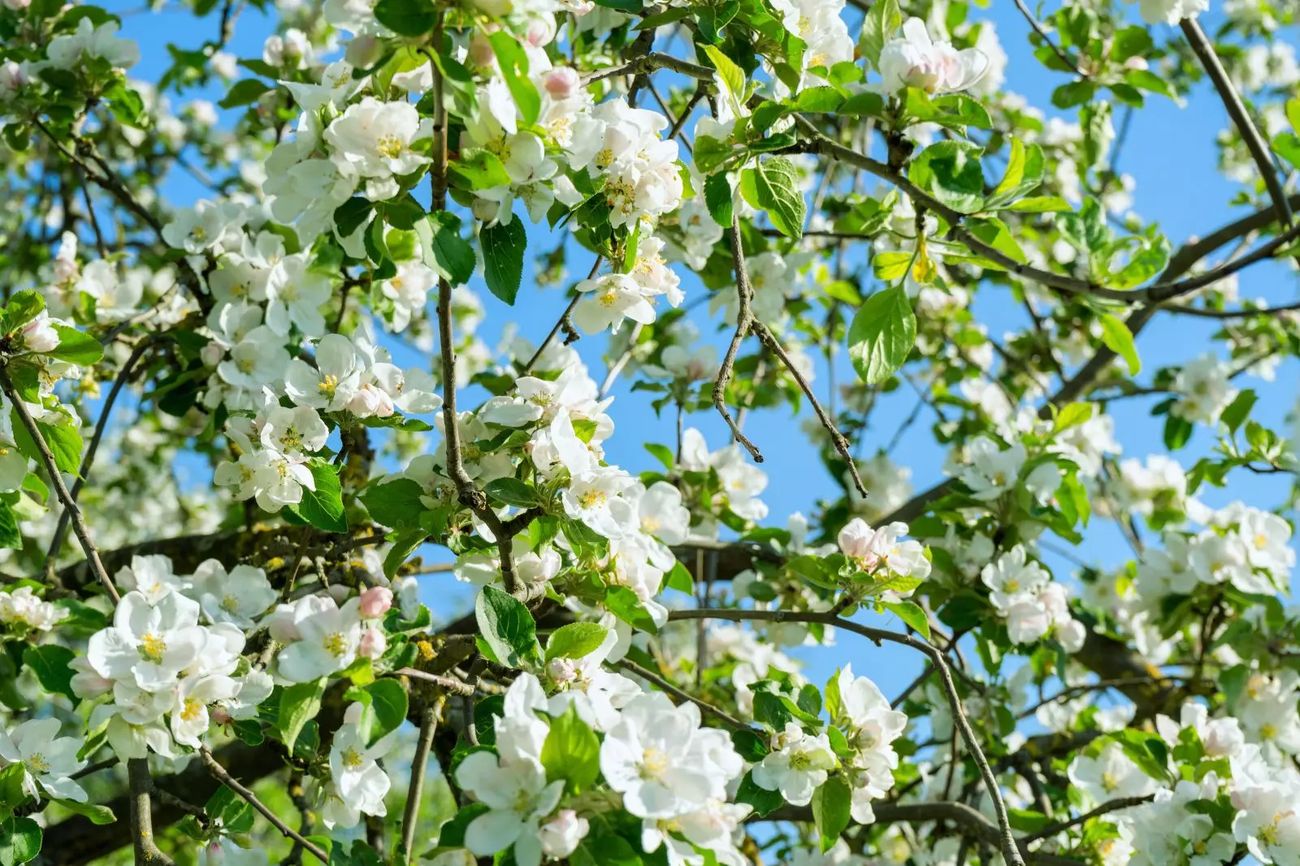
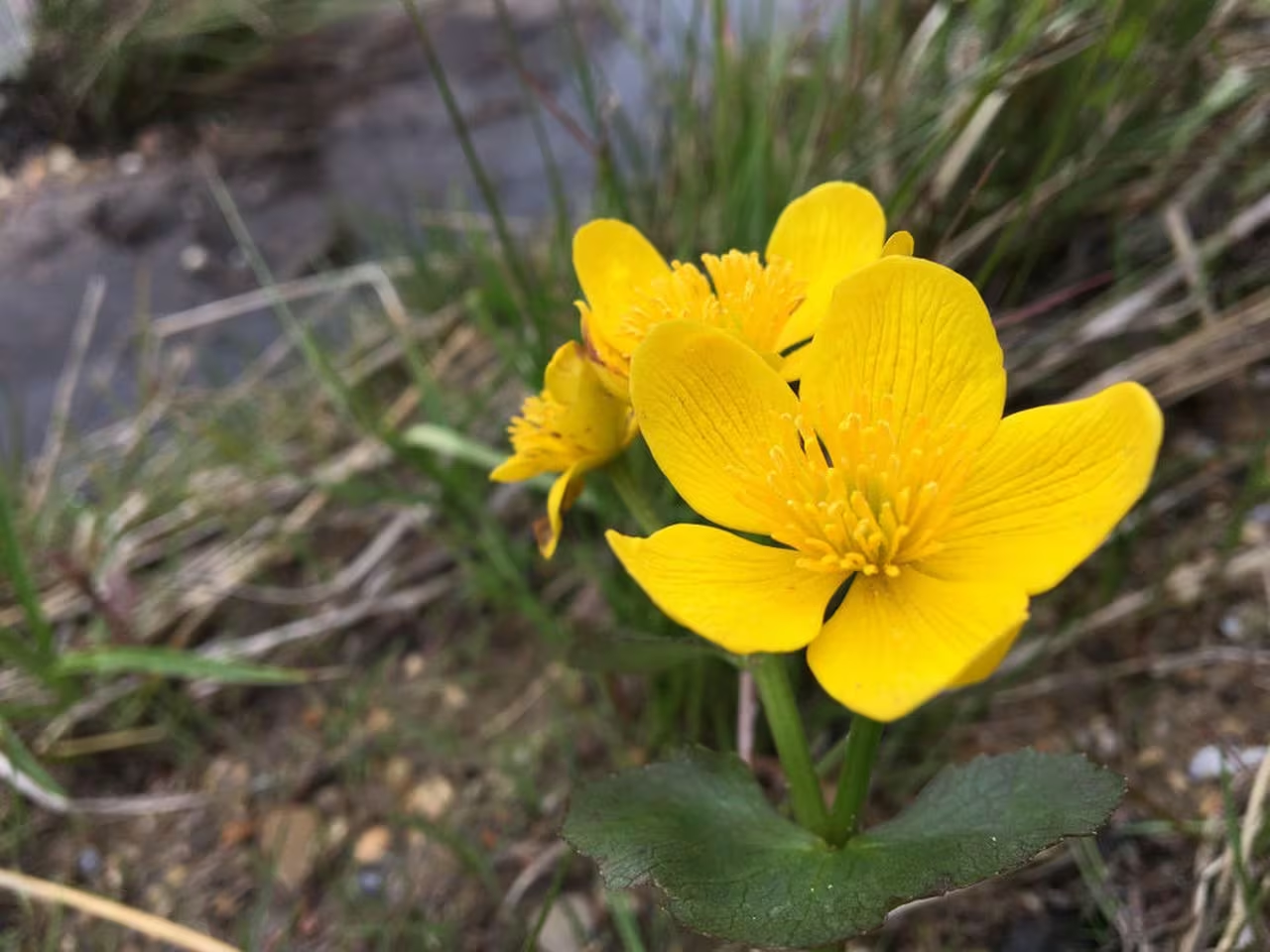
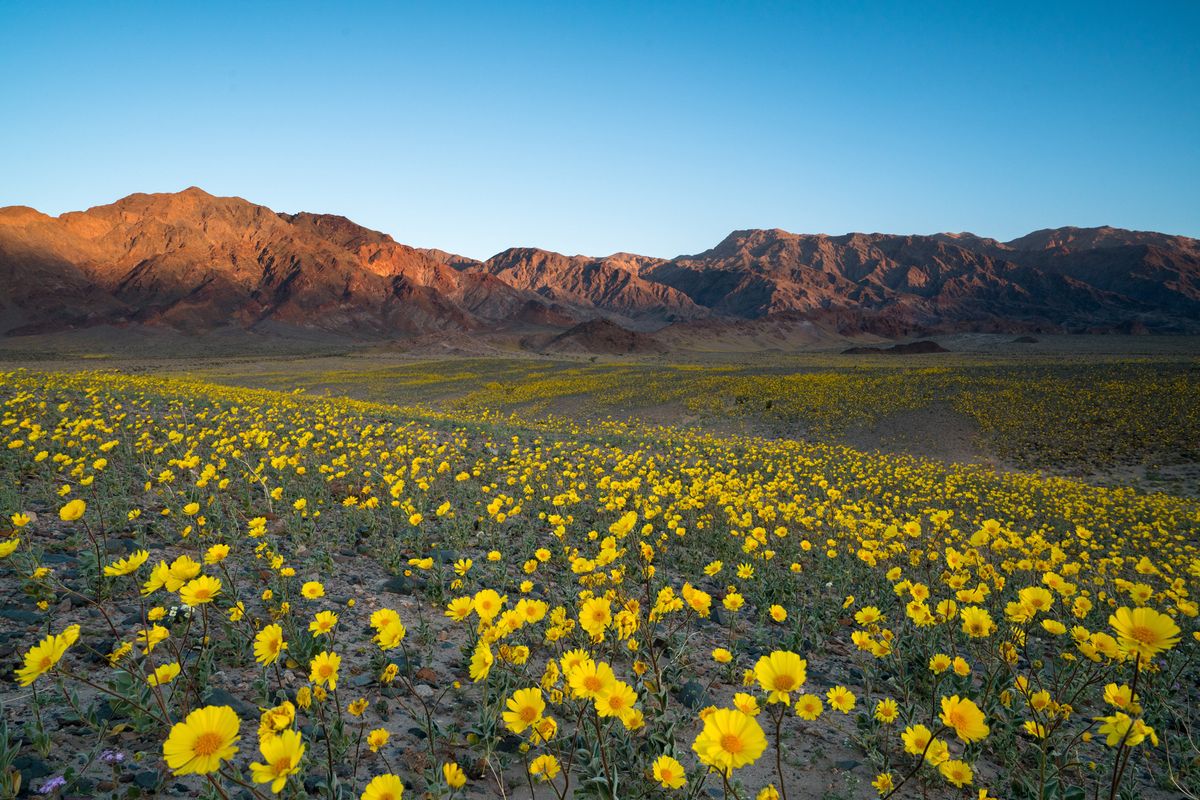
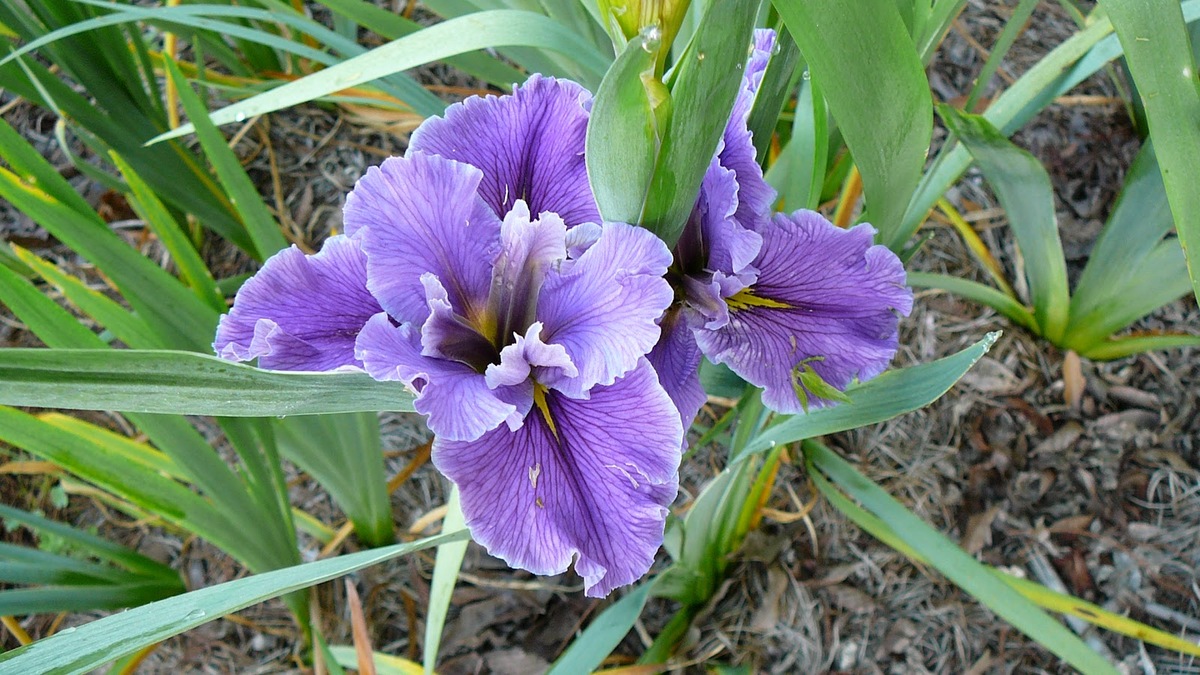

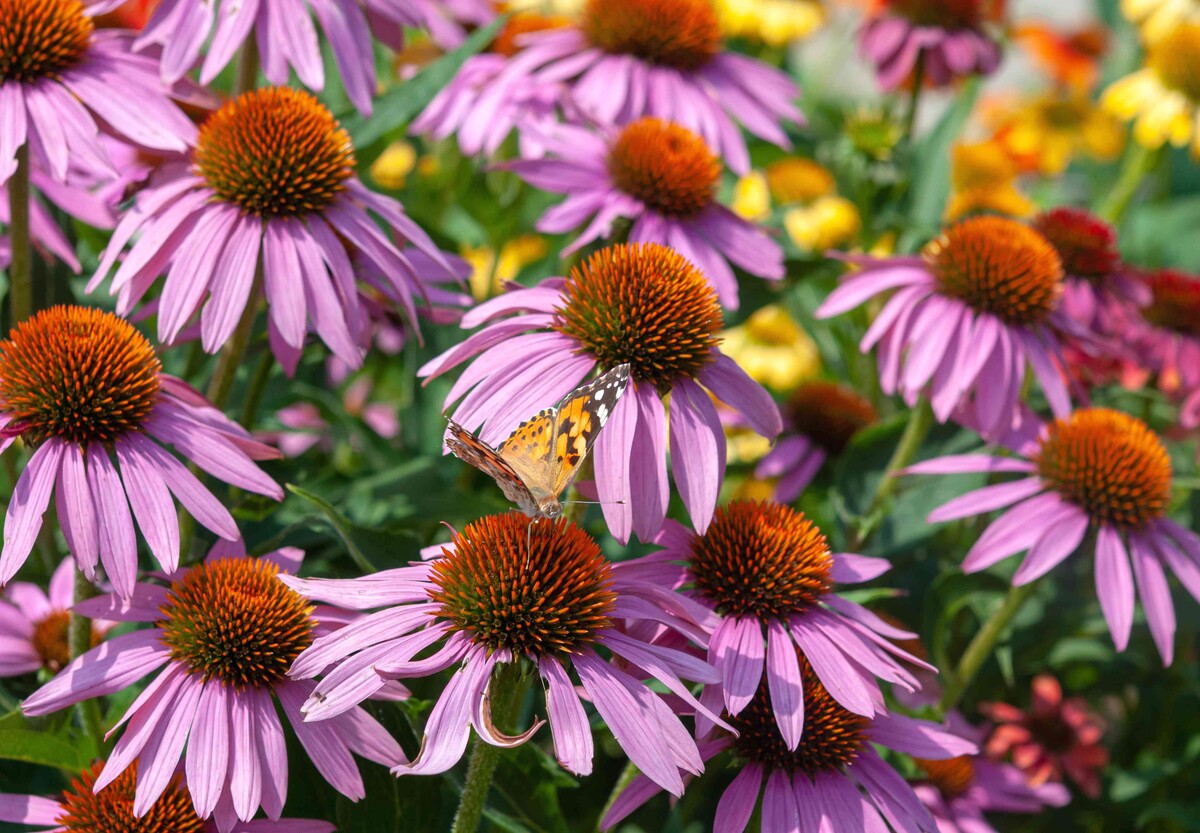
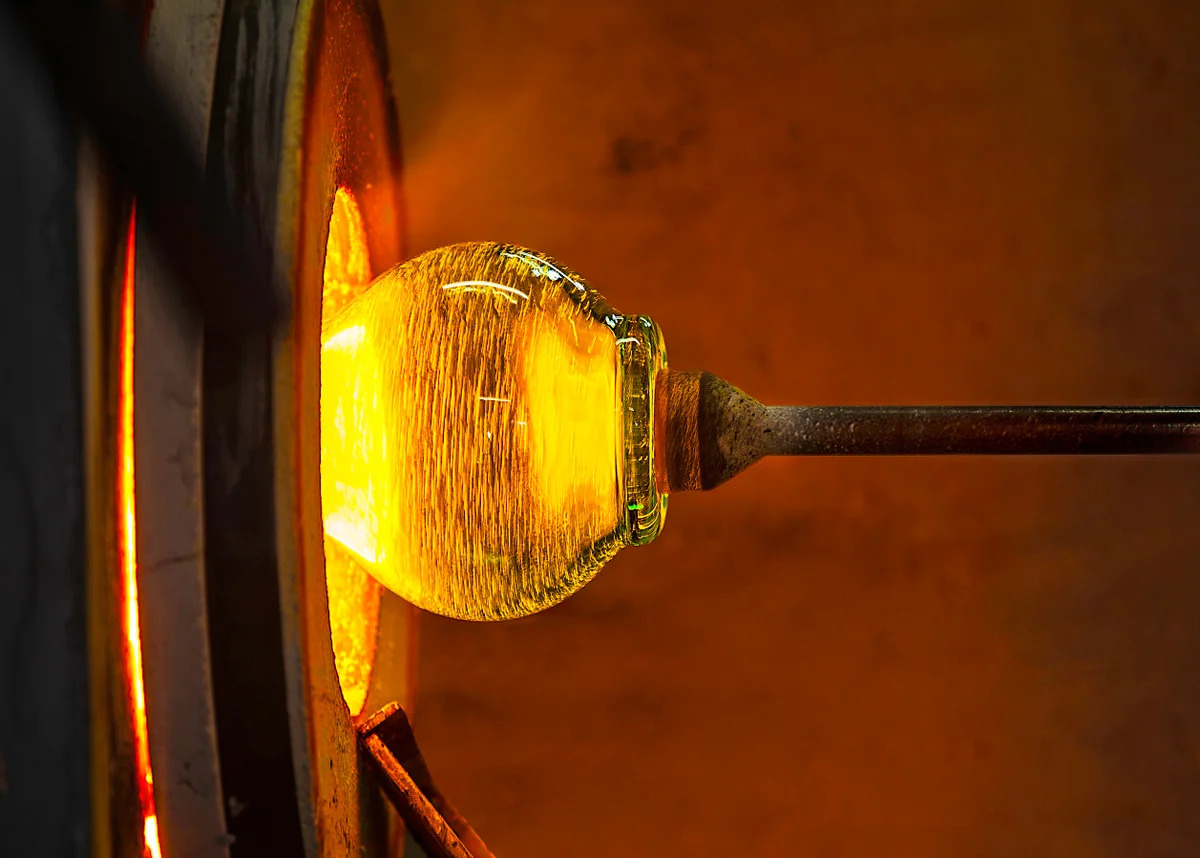
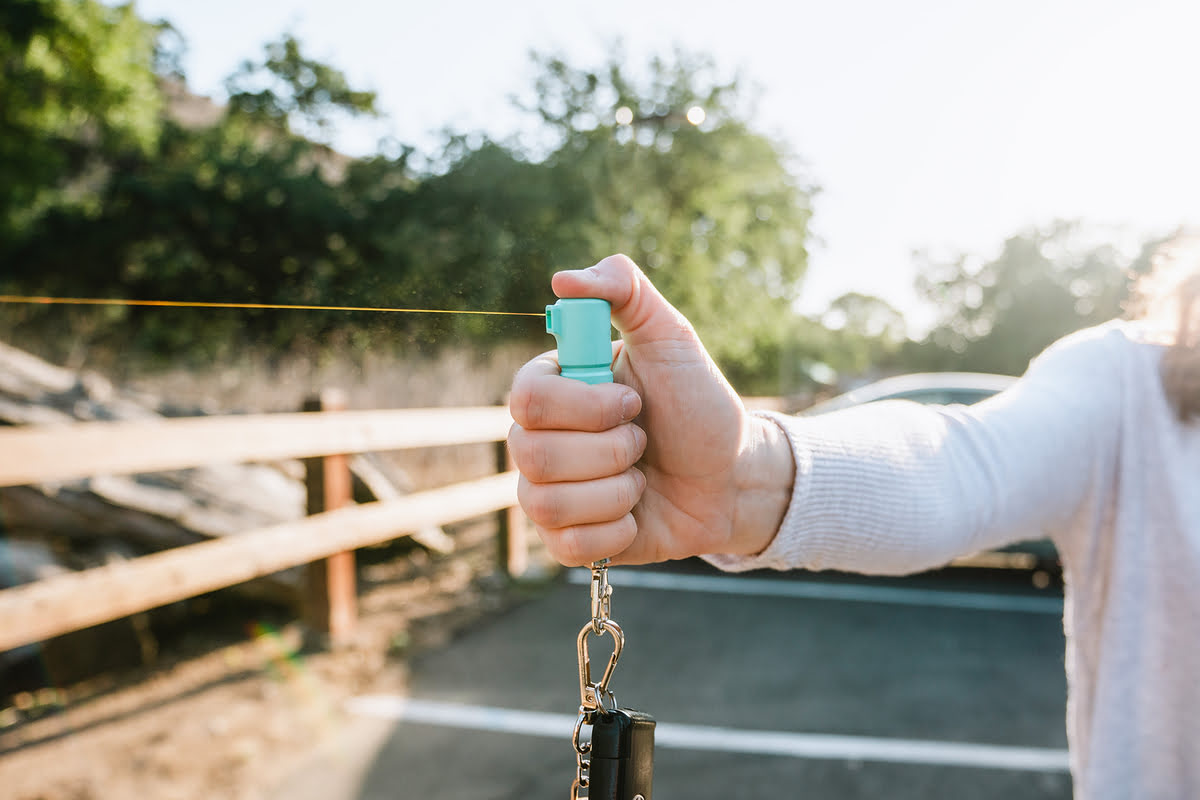
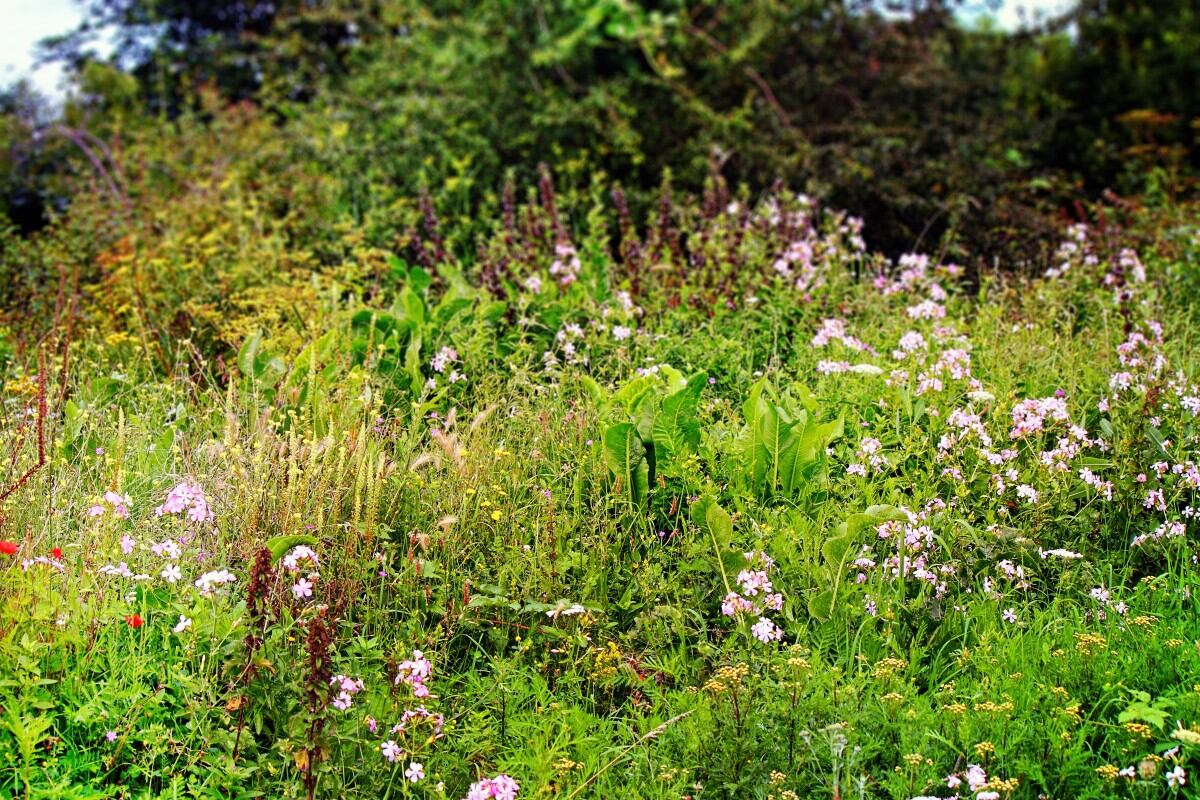

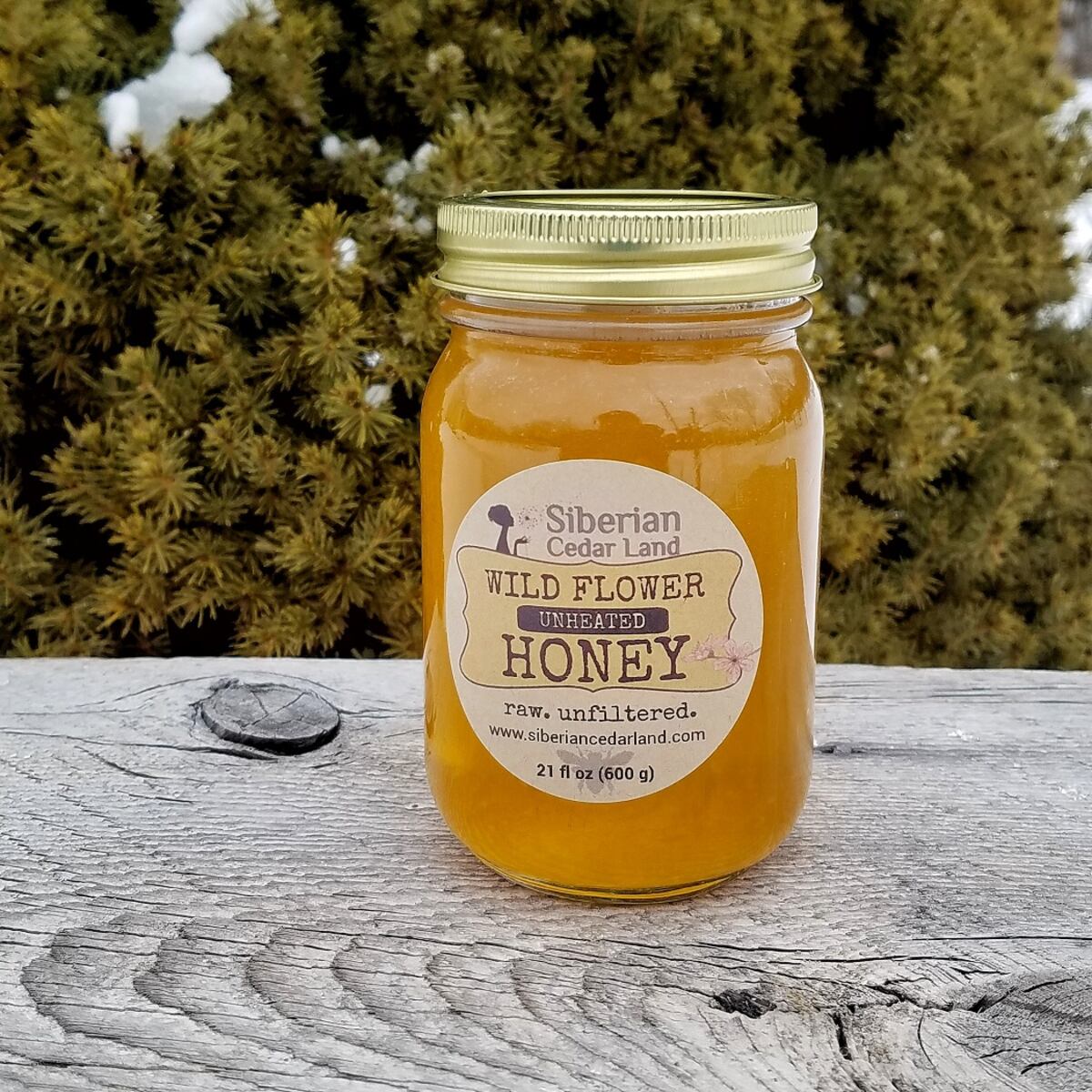


0 thoughts on “What Is The State Wildflower Of Michigan?”